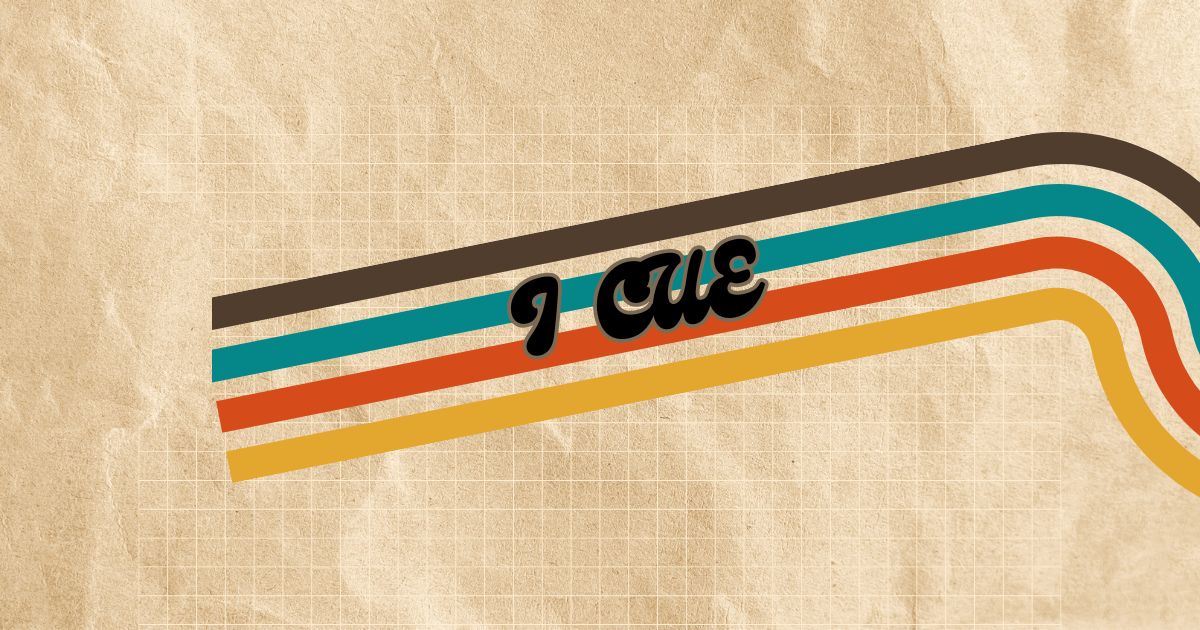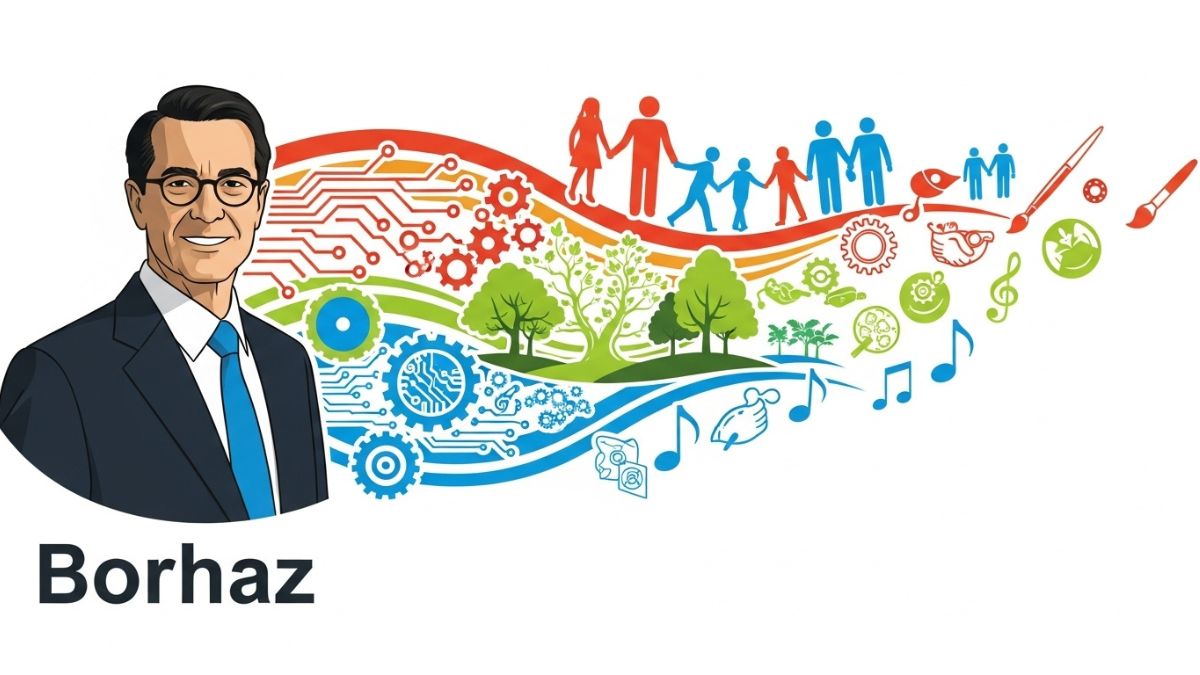The term “cue” is multifaceted, encompassing various meanings across different contexts. This article delves into the diverse definitions and applications of “cue,” providing a comprehensive understanding of its usage in everyday language, performing arts, sports, and technology.
Definition of “Cue”
At its core, a “cue” serves as a signal or prompt that initiates an action or event. According to the Cambridge English Dictionary, to “take your cue from someone” means to notice someone’s words or behavior to determine what you should do. Similarly, Merriam-Webster defines “cue” as a signal, such as a word or action, that prompts a performer to begin a specific speech or action.
“Cue” in Performing Arts
In theater and film, a “cue” is a directive for performers to execute a particular line or movement. It ensures seamless transitions and synchronization during performances. For instance, an actor might wait for a verbal or visual cue before delivering their next line, maintaining the flow of the scene.
“Cue” in Sports
In sports like billiards and snooker, a “cue” refers to the stick used to strike balls on the table. The design and quality of the cue significantly influence a player’s control and precision during gameplay.
“Cue” in Audio and Broadcasting
In the realm of audio production and broadcasting, to “cue” audio involves determining the desired starting point in a piece of recorded material. This technique is prevalent among DJs and radio broadcasters to ensure smooth transitions between tracks and avoid dead air.
“Cue” in Everyday Language
Beyond specialized fields, “cue” is commonly used in daily conversations to denote a prompt or reminder. Phrases like “right on cue” describe something happening exactly at the expected moment, highlighting the term’s versatility in expressing timely occurrences.
Distinguishing “Cue” from “Queue”
It’s important to differentiate between “cue” and “queue,” as they are homophones with distinct meanings. While “cue” pertains to a signal or prompt, “queue” refers to a line or sequence of people or items awaiting their turn. Understanding this distinction prevents confusion in both written and spoken communication.
Conclusion
The term “i cue” embodies a range of meanings, each contextually driven. From signaling actions in performances to denoting equipment in sports and prompting events in daily interactions, “cue” is integral to effective communication across various domains. Recognizing its diverse applications enhances our comprehension and utilization of the term in appropriate contexts.











